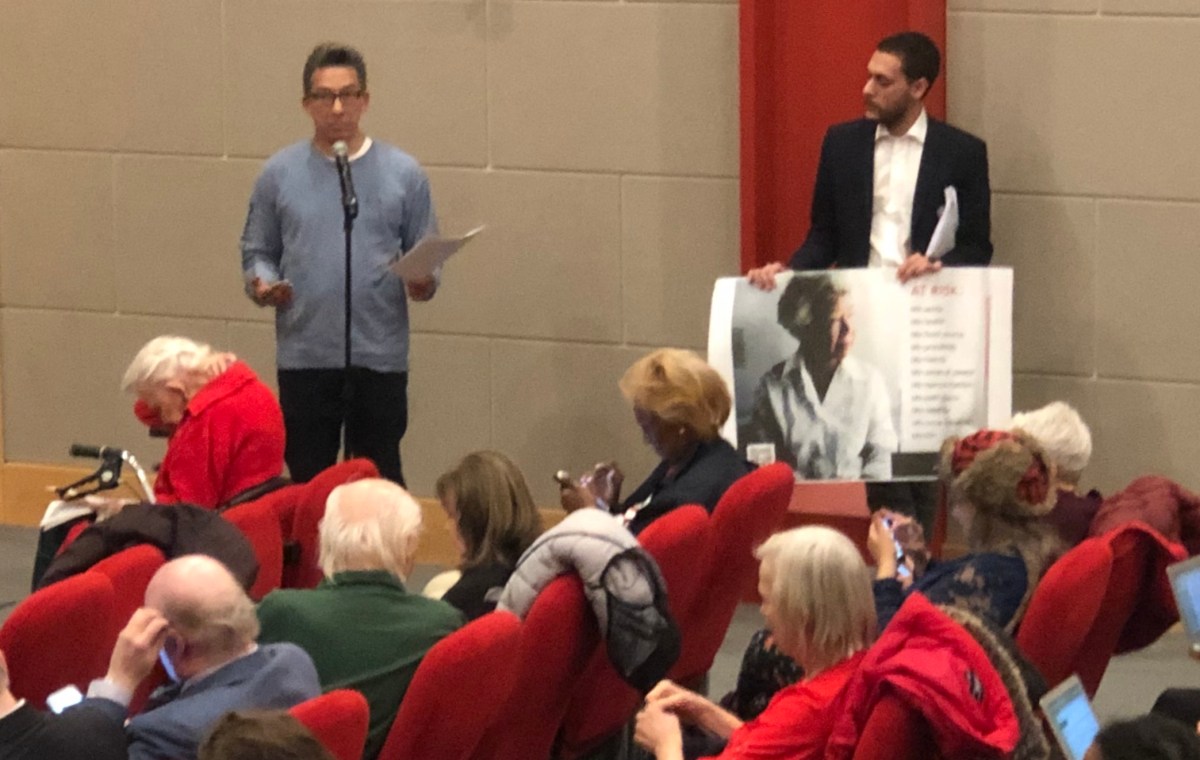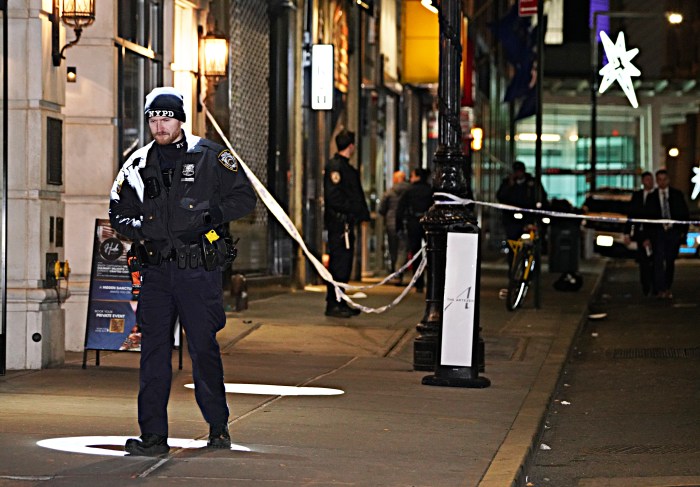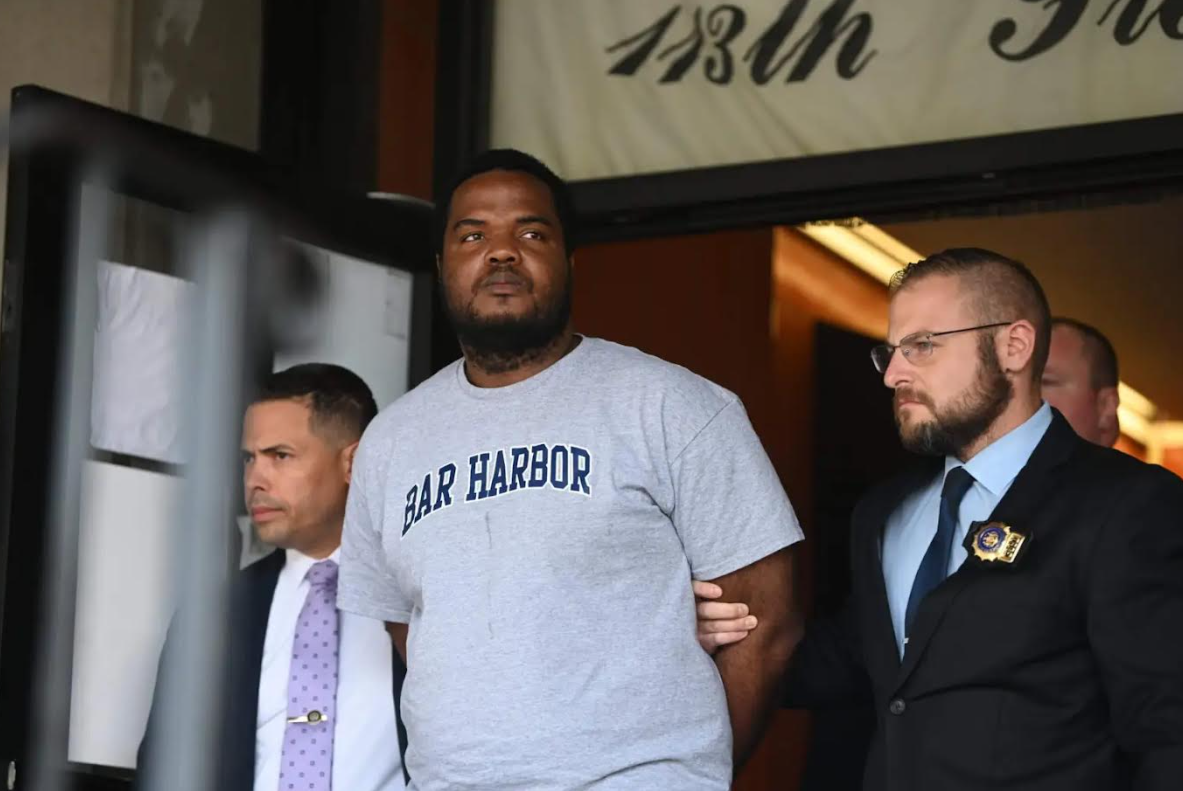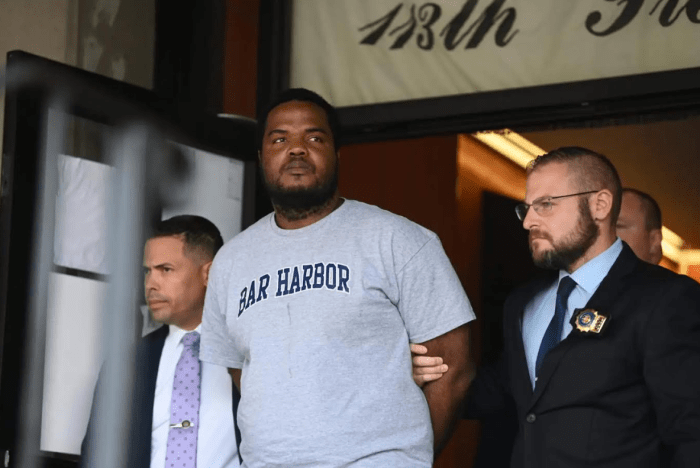BY JOAQUIN COTLER
Neighbors United Below Canal and the American Indian Community House filed a joint lawsuit on Valentine’s Day claiming the city violated its own land-use procedure, fast-tracked permits, and deliberately ignored public input, paving the way for the $9 billion borough-based jail system.
Initially, the construction of the Manhattan portion of the prison complex — which was designed to replace Riker’s Island with four smaller neighborhood jails by 2026 — was slated for 80 Center Street. The location was moved to 124-125 White Street, the current site of the Manhattan Detention Center, at the last minute.
When the plan for the new prison was approved in October, Councilmember Margaret Chin — who pushed for lowering the height of the proposed White Street construction — said, “The Manhattan Detention Center has co-existed with the neighborhood for decades. And the plan for rebuilding a new site is not creating a new jail, but will transform the Manhattan Detention Center into a more humane and safe facility.”
But community activists have long objected to the process, not just the end result.
The White Street site is closer to The Manhattan Detention Center, colloquially known as “The Tombs,” would have to be demolished in order to make way for the much larger state-run facility. In addition to the harmful dust, debris, noise, and inconvenience, which critics say will cause “an exceptionally detrimental disturbance to residents’ health and well-being for years to come,” the lawsuit alleges that there is strong potential that the demolition and construction at The Tombs site would also disrupt sacred Native American lands and archaeological sites that contain human remains.
Jan Lee, a local resident, and business owner and co-founder of Neighbors United Below Canal, says the public was deliberately kept out of the planning process.
“So much of the information we came out with for our lawsuit should have been done by the city. We should have been included,” Lee said. “However, the city has ramrodded this process through. There isn’t simply enough time.”
He says that by not holding public scoping meetings, the city can overlook a number of things that directly affect the community, like the air and noise pollution, truck traffic–and the new site’s proximity to Chung Pak, the low-income affordable senior housing facility at 96 Baxter Street.
“You would have had a chance to comment on that,” said Lee, addressing Manhattan’s Community Board 2 meeting last Thursday. “You were not given that chance. And that’s why we had to sue.”
The lawsuit also alleges that the project is in violation of the Uniform Land Use Review Procedure, or ULURP. The ULURP process, a seven-month procedure involving public hearings and meetings, gives community members the opportunity to fight against some exceptions that are given to developers to help them avoid existing regulations.
By putting four developments in four different boroughs under one contract and not subjecting each prison construction site to the ULURP process, the lawsuit claims that the city is essentially drawing a blueprint for fast-tracking development and ignoring community input.
“What I warn this community board about is this: this can happen again.” Lee said.
“Any development in the future could be a multi-location development,” said Democratic State Committee member Christopher Marte, a co-founder of Neighbors United Below Canal, who plans to run for City Council against Chin. He called fast-tracking the ULURP process “a very dangerous precedent to set, especially under this administration which has been very pro-development.”
Marte and Lee hope their lawsuit will convince a State Supreme Court judge to annul the City Planning Commission and City Council approvals before demolition begins. Recent lawsuits were also filed in the Bronx and Queens to halt the Rikers replacement project in those boroughs, as well.






































